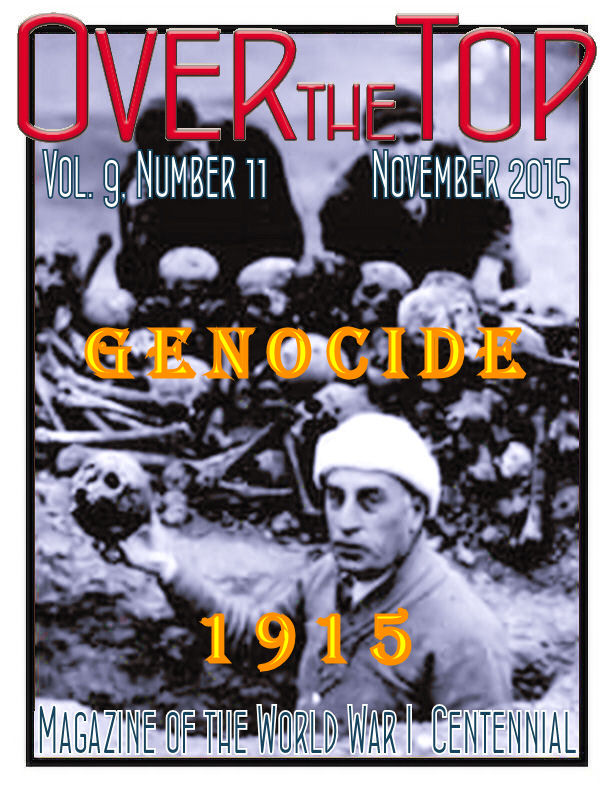
November
2015 |
 |
|
|
Thirteenth Anniversary Issue
|


Looking Back on 13 Years
As preparation for this anniversary issue of the Trip-Wire I took a look at our first issue, from November 2002. It has a lot of our current features but is much smaller and showing all the flaws of a one-man operation, lacking the pizzazz of our current design by Shannon Niel.
That month, we told the story of Captain Eddie Grant and speculated that there was a curse of sorts on the San Francisco Giants, who had recently thoroughly blown the 2002 World Series, keeping their record perfect at never winning the title since their 1958 move from New York. Well, as it turns out, the Giants finally replaced the monument to the fallen Doughboy (there was one in the Polo Grounds that never made its way west) and have since won three championships.
Our historical feature was the Lost Battalion with a still from the new A&E film starring Ricky Schroder as Charles Whittlesley. (Has it really been that long ago?) Some of the articles include a profile of Ernst Jünger, an interesting fact from Old Fritz on Mohandas Gandhi, a poem about Yperite, and a recording of Eddie Cantor singing "Oh! How I Hate To Get Up in the Morning!"
One monthly feature no longer appears — it's simply no longer applicable. In "Gone West" we remembered the recently departed veterans of the war, like Dan Kelliher, 104, of the Yankee Division and Bill Parkes, 106, the last surviving member of Britain's South Wales Borderers who saw battle during World War I. The slightly built Parkes specialized in what he called "reconnoitering." "Us little guys could hide much better than the tall guys," he once told a reporter. In 1920 he immigrated to the U.S., discovered the San Francisco Bay Area and decided never to leave.
It's been a good run and we are going to keep stirring up interest in those fascinating events of 100 years past and continue honoring those who served, like Dan and Bill. I say "we" because for some time there has been a team of us producing this monthly periodical for you. And, I assure you that Kimball, Tony, Diane, David, Shannon, and Donna are just as dedicated to "Soldiering On" as I am. MH

|
2015
National World War I Symposium
When: 6-7 November 2015
Where: National World War I Museum and Memorial
Sponsors: National WWI Museum & World War One Centennial Commission; visit https://theworldwar.org/learn/2015-symposium/ for program and registration information.
CONNECTICUT and the Great War
When: 7 November 2015, All Day
Where: Central Connecticut State University,
New Britain, CT
Sponsors: Association for the Study of Connecticut History and History Department of Central Connecticut State University; Program and Registration at: http://asch-cthistory.org/fall-conference/
Frank Buckles: Pershing's Last Patriot
When:14 November 2015, 2 p.m.
Where: Baltimore War Memorial Building, 101 N. Gray St.
Sponsors: Western Front Association, East Coast Branch
|
Remember Our Veterans of All Wars
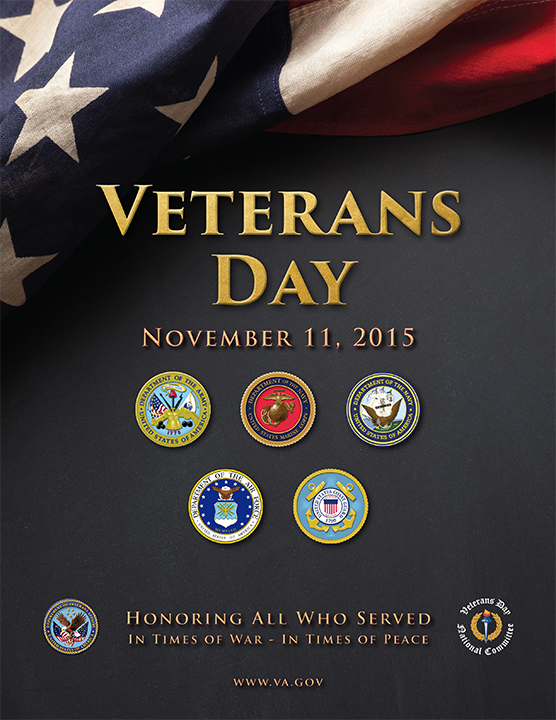
|
Remembering One of Ours
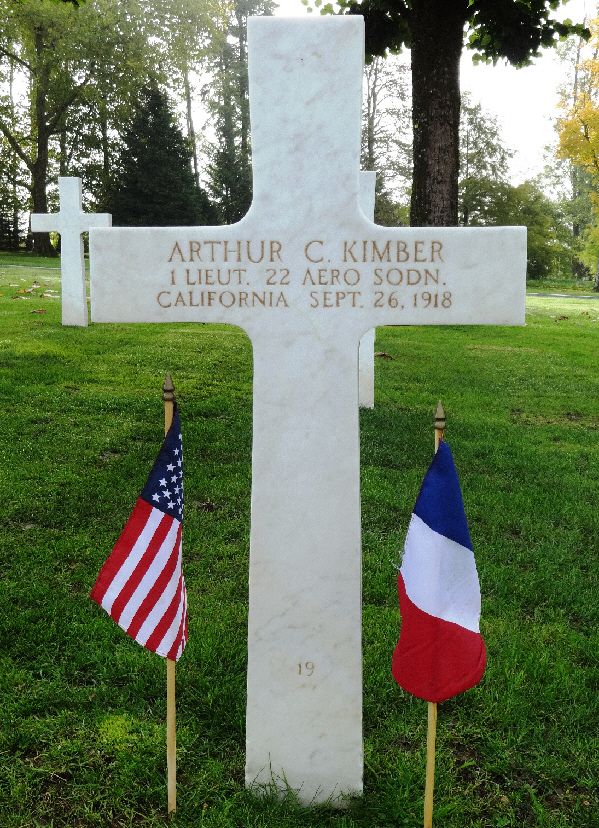
Lt. Arthur Kimber's Grave,
Meuse-Argonne Cemetery
Lt. Kimber served with both the American Field Service and 22nd Aero Squadron and was killed in action the first day of the Meuse-Argonne Offensive. Earlier he also had the honor of escorting the first American flag to the Western Front after America declared war in April 1917. In this issue below, we begin a three-part series, by British author Patrick Gregory, telling Arthur Kimber's story and that of the flag he carried to Europe on behalf of all Americans.

The Armistice
November, for all World War I students, brings to mind the Armistice. Here are some different points of view about what transpired on the eleventh day of the eleventh month of 1918.
 Germany Requests an Armistice
Germany Requests an Armistice
 8 November 1918: Discussions Begin at Compiegne
8 November 1918: Discussions Begin at Compiegne
 A German Delegate's Account of the Discussions
A German Delegate's Account of the Discussions
 Armistice Terms
Armistice Terms
 Ten Facts About the Armistice Ten Facts About the Armistice
 Armistice Day Celebrated Around the World Armistice Day Celebrated Around the World
 Visiting the Armistice Glade
Visiting the Armistice Glade
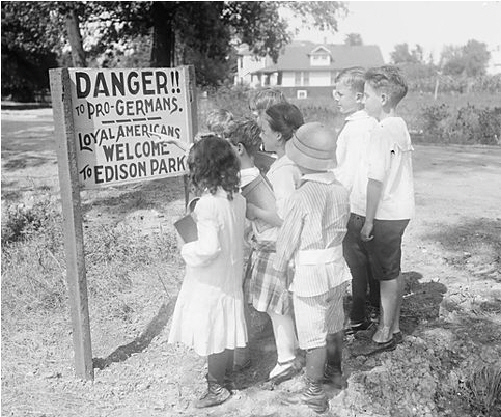
Anti-German Sign, Edison Park, Chicago
This photo was discovered amongst many fascinating tidbits in the World War I chapter of the online Encyclopedia of Chicago. (link). It has an especially interesting section on Mayor Thompson's manipulation of the ethnic vote and how it backfired on him. Below we have an article on the importance of such local history resources for the World War I Centennial Commemoration.

First American Killed in WWI?
In our past issues, we have mentioned that last American to be killed in action during the war was Baltimore's Henry Gunther. He was killed on the Meuse Heights one minute before the Armistice took effect while serving with the 89th Division of the AEF.
The first Yank to fall, however, was not a member of an American service. He was Edward Mandell Stone of Chicago and Harvard University. He was killed in action near Craonne on 15 February 1915 while serving with the French Foreign Legion.

At the Hour of the Armistice
As noon approached, we became conscious of an unusual quietness all around us. Firing of all kinds had almost entirely ceased. . . After eleven o'clock, all firing ceased entirely, not a sound anywhere. Soon everyone was talking about it. No word had reached us yet. . . While we were getting ready to take our wounded man to the rear, a runner appeared with the official news that an Armistice had been signed. Most everybody let out a few healthy yells, but I did not. For one reason, I didn't feel much like yelling. I had some difficulty getting three more fellows to help me carry the stretcher. The one I did get had to stop every few minutes and rest. I kept urging the necessity of getting the fellow under medical care as soon as possible, for he was badly in need of attention.
Private Clarence Richmond, 5th Marines, on the East Side of the Meuse, 11 November 1918
|

|

U.S. Centennial Organizations & Resources
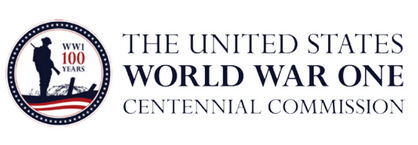
worldwar-1centennial.org/
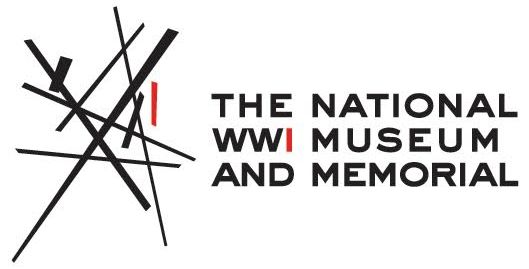
theworldwar.org/
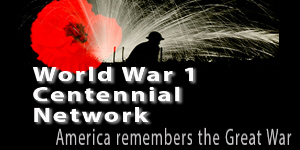
www.ww1-centennial.org/
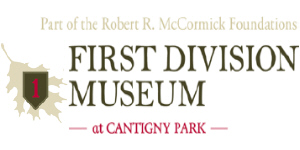
www.firstdivisionmuseum.org/

www.abmc.gov/
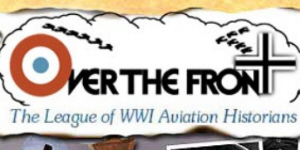
www.overthefront.com/
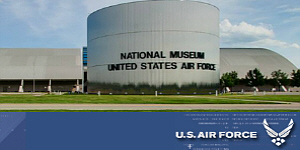
www.nationalmuseum.af.mil/
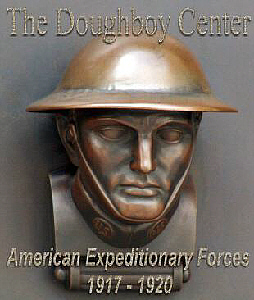
www.worldwar1.com/dbc/
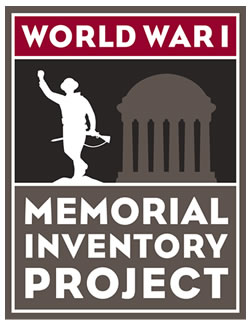
facebook.com/wwiinventory
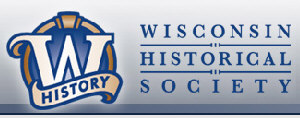
wisconsinhistory.org/
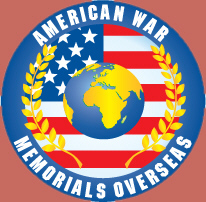
www.uswarmemorials.org/
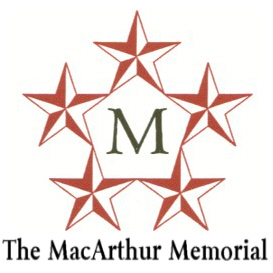
www.macarthurmemorial.org/

www.saving-hallowed-ground.org/
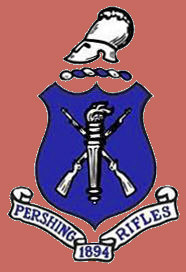
www.theprgroup.org/
Support Worldwar1.com's Centennial Effort
Shop at Amazon.com
|
The Centennial Ticker
Emphasizing Local & Regional History —
One Key to a Successful WWI Commemoration
Readers of the Trip-Wire might remember that in the past I've emphasized there are two key elements for achieving a successful and memorable commemoration of America's Great War experience. One of them is getting a National Memorial built in the nation's capital. That project, I would like to report, is proceeding splendidly. There are five excellent finalists in the design competition. Some readers have written and asked which design I prefer, but I've decided not to advocate any one of them. Worldwar1.com is behind all of them and will help promote fund-raising for whichever design team comes out of the competition as first choice.
The other aspect that I have great hopes for is an explosion of interest at the grassroots level, local groups and organizations, towns and cities, and states. These are important because they provide a way for people get engaged personally, and they are also how young persons, in particular, can learn how the past touches and influences them. I've had the pleasure of participating recently in locally organized events here in California in Sacramento, Cloverdale, and San Francisco and have been really impressed by the enthusiasm for history I've detected. Because such efforts usually start spontaneously and at a small level, however, the depth and spread of this local and regional dimension of the Centennial across the nation is harder to get a handle on. Nevertheless, after spending the last few weeks looking into this, I see that the signs are very positive for the unfolding commemoration of the war. Here are three grassroots forums or media where I see growing support for the Centennial.
In Books
Publishers are turning out an avalanche of local and state histories covering the World War I period. Many of these are new, fresh looks at the period, while some are reprints of works written just after the war. Most of these publishers are smaller houses, but I'm glad to see their attention is being drawn to the 1914-18 period. I'm sure there will bemore to come. Check to see if there is a work available or coming out on your state or community.
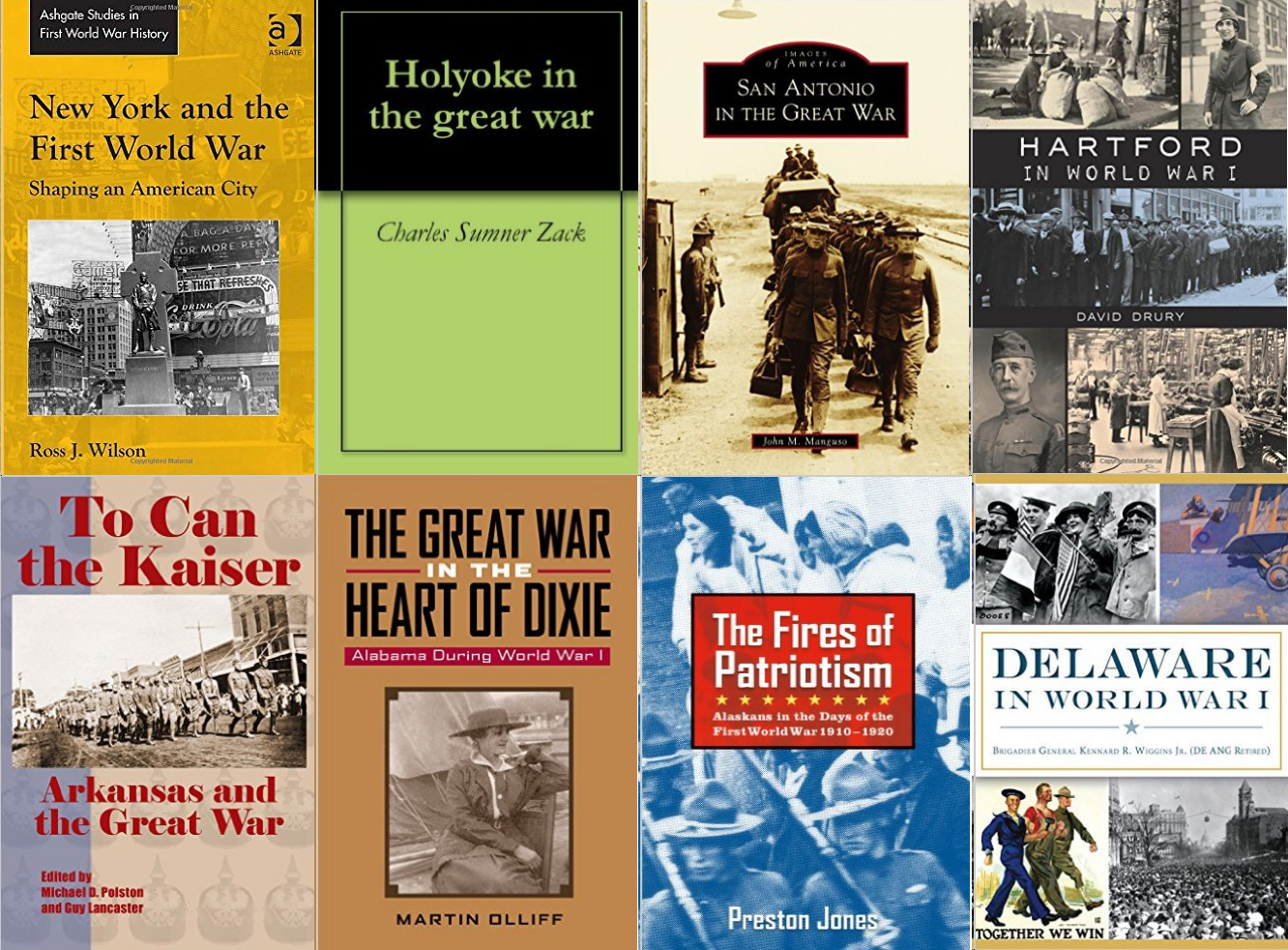
A Smattering of What Is Available Now
Cities: New York, NY; Holyoke, MA; San Antonio, TX; Hartford, CT
States: Arkansas; Alabama; Alaska; Delaware
Online: Conventional Websites and Social Media
This was possibly the most eye-opening discovery for me. I knew there are a lot of WWI websites, but social media, especially Facebook, have generated an explosion of commemorative pages. Again, both states and localities are being spotlighted. These are harder to track down, though, particularly so if there is just a Facebook page without a paired conventional website. There's a lot of great stuff I've seen out there and I'll try to draw attention to some of the best in future issues of the Trip-Wire.
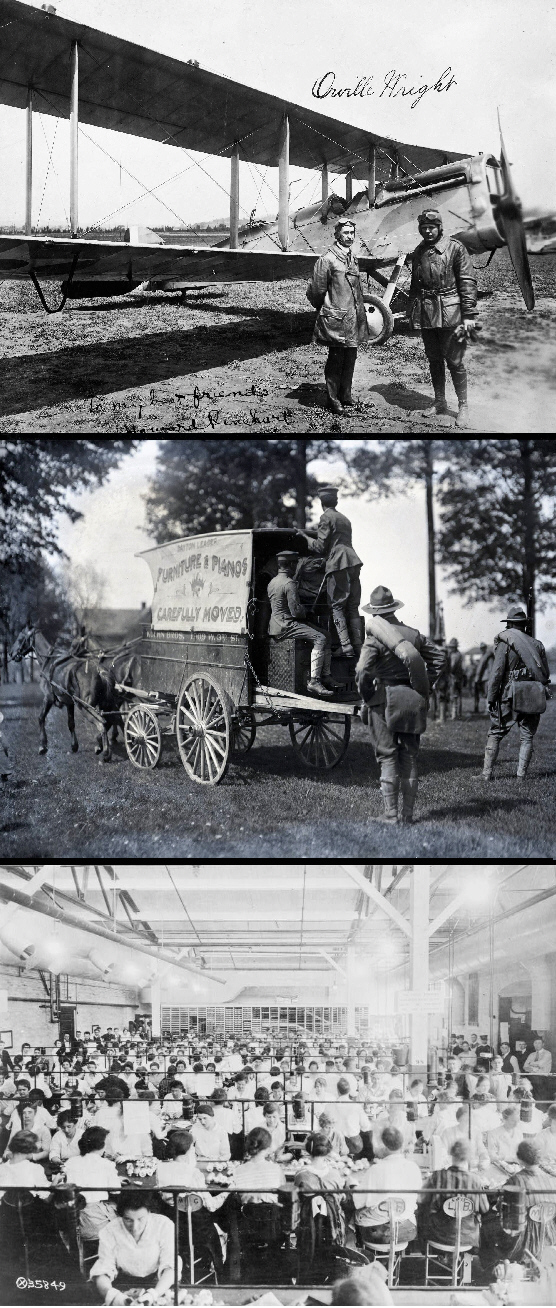
Dayton, Ohio, Gives Us Just One Example
Dayton has done a fabulous job of documenting its Great War experience through photography at its Dayton in the Great War Facebook Page. Here from top to bottom are: Orville Wright and early aviator Howard Rinehart standing in front of Dayton-Wright's first production DH-4. The 3rd Ohio Infantry, Ohio National Guard, training near Dayton, ca. 1914-1915. Redesignated the 148th Infantry, the unit fought in France with the 37th Division AEF. The Recording and Computing Machines Company of Dayton made precision fuses.
State Organizations
With the encouragement of the dedicated staff of the World War One Centennial Commission, fully half of the 50 states now have either formal WWI organizations or informal groups collaborating to make sure their state's experience and sacrifice are not forgotten. A number of states have already conducted terrific programs. I don't want to try to list them all because I'll be sure to forget someone. So instead, let me focus on a state that has organized its first commemoration for this November to present as a "demonstration project."
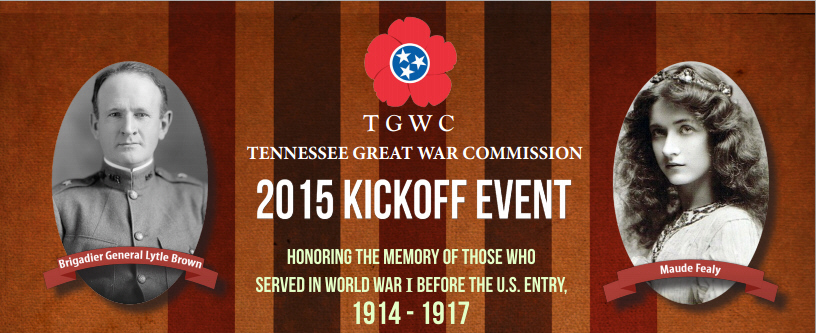
Tennessee Shows What Can Be Done
Tennessee just recently authorized a state WWI commission chaired by Professor Mike Birdwell and the "Volunteers" have hit the ground running at full speed. The commission planned an outstanding three-venue extravaganza for Saturday 7 November at Nashville. It has something for everyone. Download the full program HERE
Want to Get Your State Involved in the Centennial?
The WW1 Centennial Commission is hosting its first State Outreach Collaboration Call in its new format on 5 November at 12 noon EST. This call will give state commemorative bodies and volunteers information and advice on how to create, operate, or link into a letter and artifacts collection program. Experts Bob Patrick of the Library of Congress, Andrew Bullen of the Illinois State Library, and Christine Pittsley of the Connecticut State Library will be on hand as panelists to provide an overview of their respective programs and to answer audience questions.
To be added to the 5 November Call roster, please email (email) and include "SOCC" in the subject line.
|
|

25 November 1915:
The Retreat of the Serbian Army Begins
The Central Powers' invasion of Serbia began on 7 October 1915 as Austro-German troops attacked from the north. A week later, the Bulgarians declared war and attacked from the east. The outnumbered Serbs were poorly supplied and stretched too thin to defend both fronts. Belgrade then fell to the Germans and the Bulgarians captured Kumanova, severing the country's north-south rail line.
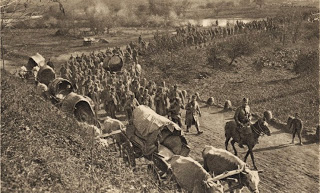
The Retreat Begins
Serbian Field Marshal Radomir Putnik ordered a full retreat of the Serbian military south and west through Allied Montenegro and into neutral Albania on 25 November 1915. The retreat got fully under way by mid-December, with the troops joined by civilian refugees. King Peter and Putnik accompanied the columns. Boys, who could become soldiers in the future, were also encouraged to join.
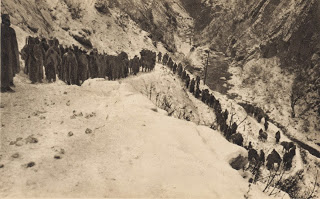
Through the Mountains
The roads were terrible and transport had to be abandoned. The weather in the mountains was equally bad. The same conditions also limited the pursuit by the enemy. Nonetheless, many were lost to hunger, disease, hypothermia, and raids by Albanian tribal bands. Some estimates of the dead during the retreat are as high as 200,000.
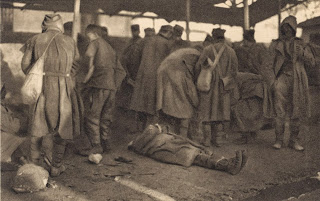
Exhausted Survivors Arrive
About 155,000 exhausted Serbians — mostly soldiers — started reaching the coast by January 1916. Allied ships carried them to various Greek islands, particularly Corfu, for refitting before being sent to Salonika in 1916.
|
|

Announcing Our 2016 Centennial Battlefield Tour Schedule
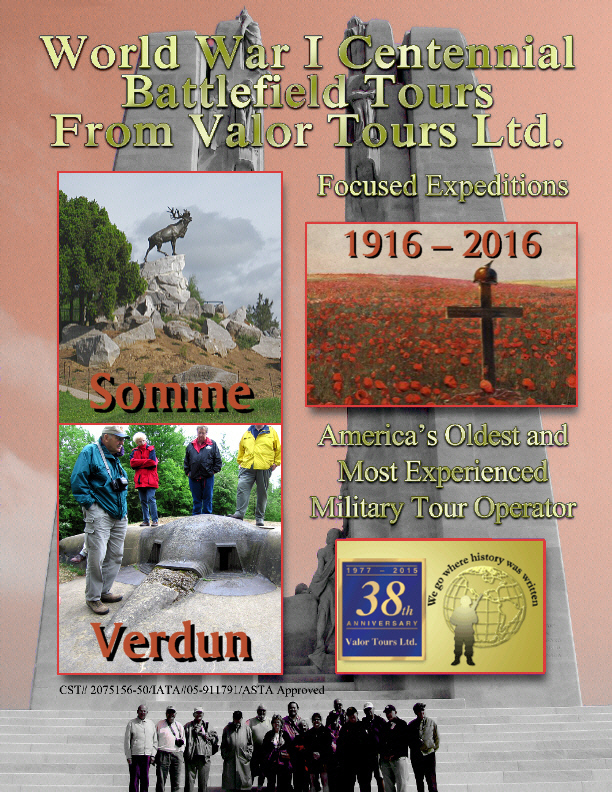
10% Discounts Available for Our 2016 Tours
2 - 10 May 2016: Verdun In-Depth
10% off ($340) if you pay by 2 November 2015, 5% if you send your deposit by that date
14 - 21 August 2016: The Somme In-Depth
10% off ($320) if you pay by 2 February 2016, 5% if you send your deposit by that date
The full brochure covering both trips and registration details can now be downloaded at:
(http://www.worldwar1.com/pdf/ValorTours_2016Flyer.pdf)
|
|
|

|

This Month's Recommended Great War Author —
(Actually It's a Publisher)
Texas A&M University's World War I Books
With the coming of the Centennial of the war, many mainstream American publishers are now producing WWI titles. Until recently, this was not true. However, one segment of the publishing industry has kept faith over the years — the nation's university presses. There are a number that have regularly turned out high-quality works, especially on that topic of greatest interest to U.S. readers — the adventures of the Doughboys. One I would like to single out for special distinction is Texas A&M Press. For nearly 20 years, they have turned out excellent new works on the American effort in the Great War.
I'm guessing here, but I think that this might have been inspired by the fact that the University's President for a time was a noted Civil War and World War I historian and biographer, Frank E. Vandiver. Dr. Vandiver was a good friend of Worldwar1.com. He contributed material on General Pershing to us and was working on a Douglas Haig piece when he passed away in 2005.
In the introduction to the first work we recommend below, The Great War Reader, which is a marvelous introduction to the very best writing about the war, Dr. Vandiver describes what the book attempts to capture. For me, he summarizes the very features that make the war endlessly fascinating: its display of "bravery, anger, squalor, disgust, madness, death and humanity at once stunning and sobering."
Here is a selection that we highly recommend, but there are many more available. Most of A&M's titles (but not all) are under their "C.A. Brannen" and "Military History" Series at: (link).
|
|
|
|
Looking for More Reading Material?
Worldwar1.com has a team of reviewers looking over the avalanche of new books on the war. Every Tuesday, we present a review of a new or classic work that we recommend at our Blog, Roads to the Great War (link).
|
|
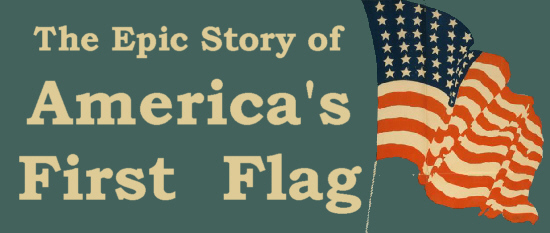
Part I: Journey to the Western Front
By Patrick Gregory
|
On 24 April 1917, less than three weeks after Congress, following President Wilson's war message, had declared war on Germany, a crowd gathered around a group of students on San Francisco's Embarcadero waterfront. The young men standing proudly to attention at the Ferry Building that lunchtime were drawn from Stanford University and the University of California, Berkeley.
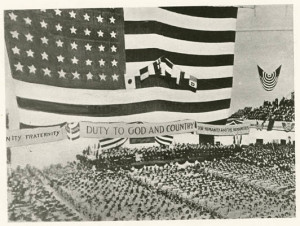
The Civic Auditorium Rally
|
Although numbering only 63 in total, the group — one section from Stanford, two from Berkeley — was dwarfed by the entourage accompanying it. Some 3,500 uniformed university cadets thronged around, themselves flanked by detachments from the U.S. Army and Navy. All had come to celebrate the young men's decision to leave imminently for the war in France: volunteers of the "American Ambulance" or "American Field Service", a corps of ambulance drivers already serving on the Western Front. At a given signal, the assembly moved on en masse for the two-mile march from the Ferry Building down to the city's Civic Auditorium, there to take part in an historic leave-taking ceremony; one which would help symbolize America's participation in the Great War.
More than 12,000 people crammed inside the auditorium for the occasion, having come to listen to the speeches being made and anthems sung and to witness the presentations which followed. Californian dignitaries sat and stood on the platform, figures drawn from the worlds of politics, the church, and the army. Among them, and from the universities concerned, the dean of the faculties of the University of California David Barrows and the president of Stanford and chairman of the League of California Ray Lyman Wilbur; the French consul-general Julien Neltner; Mrs. Herbert Hoover; and the San Francisco industrialist and entrepreneur W.B. Bourn. The latter was representing the group the "Friends of France". The Friends and the American League of California were to present brassards for the young men to wear during their service in France, and also to hand over four American flags. These flags had been brought beforehand by the Bishop of California for blessing and one of them was soon to take on a special significance: it would become the first official American flag to be brought to the front and flown in service there.
Mindful that it would be some time before the first contingent of American Expeditionary Force troops would be ready to leave for Europe, the American League of California had approached Secretary of War Newton Baker in Washington for permission to fly this "First Flag" and the other flags as official standards in France. Baker had agreed, and in the San Francisco ceremony that April day, the First Flag was handed over to the detachment of volunteers representing Stanford. The Stanford students would have the responsibility of bringing the flag to France as soon as possible, and once there presenting it to a group already serving on the front — the First Stanford Unit — who had set out from their university two months before.
Because it was likely that this new "Second Stanford" would take some time to gather itself, however, it was decided to entrust the banner to one member of the unit and to ask him to travel on ahead of the group. That task now fell to 21-year-old Arthur "Clifford" Kimber.
Kimber began his journey four days later, setting out on the first leg of his trip on an overnight train from the Oakland Mole railroad wharf across the bay from San Francisco. His journey across America was to take a week in all as he wound his way doggedly across country: up through California and into Oregon; over into Washington State and Idaho, across Montana and North Dakota into Minnesota and across the Mid-West and beyond. There were stop-offs on route in Portland, Chicago, and Detroit to try to gain some publicity for the flag, something he had promised his unit he would do.

"Allies Day, May 1917"
Childe Hassam
|
A photograph of Kimber posing proudly with the flag duly appeared in a newspaper in Oregon and before long he found himself touring factories in the big industrial cities of Chicago and Detroit, factories which would soon be gearing up for the demands of the war effort. Reaching New York on Saturday 5 May, Kimber's first port of call was the offices of the American Field Service and the organization's main figurehead in the United States, the Bostonian Henry Sleeper. With his ship scheduled to leave for Europe just ten days later, it had already been planned that the flag would be paraded down Fifth Avenue — the so-called 'Avenue of the Allies' — at the head of an American Ambulance parade, something the two men now discussed. Theirs was to be one of several processions and cavalcades New York would see that week, with the Allied representatives Marshal Joseph Joffre of France and British Foreign Secretary Arthur Balfour in town at the head of their countries' respective war delegations. The American impressionist Frederick Childe Hassam was also there, an artistic witness to these heady days of flag-waving and cheering crowds, days which would later be commemorated in one of his Flag Series, "Allies Day May 1917", now in the National Gallery of Art.
The parade involving the American Ambulance volunteers, when it came on Thursday 10 May, was a stirring affair. Yet it was one with some comedic overtones. The crowds did indeed gather in strength to see this special Stars and Stripes being carried through the city, and they lined the pavements down the route. But festivities were somewhat marred beforehand by a prank played by some of the Ambulance students from University of California, Berkeley, who had come to New York for the parade. As Stanford's senior and larger rival, and seemingly annoyed by the attention being afforded Kimber, some of the University of California students surrounded him. They snatched the flag from his grasp and, succeeding in bundling it into a taxi with one of their unit on board, made off down through Manhattan. What followed owed more to a Keystone Cops sequence than a serious war rally: a rather farcical chase complete with a passing policeman jumping on the running of a second taxi to give pursuit. The offending student party was eventually stopped and the flag returned to allow the ceremony to proceed.
The rest of Kimber's time in New York passed off with less excitement, barring a stop-off to visit former President Theodore Roosevelt. The latter was an old acquaintance and sometime ally of Kimber's late clergyman father, but more especially, he was young Clifford Kimber's political hero. The two talked of Kimber's father and his ministry before moving on to the main subject at hand, the war. Roosevelt, by that time in his late 50s, reflected ruefully on the fact that it appeared unlikely he would be permitted to raise his own corps of troops for the front. If that changed, the former President said, all the younger man had to do was write to him and he would use him in some capacity. But for now, the older man took the notebook proffered and inscribed a message of good luck to the volunteer on his travels.

Note from President Roosevelt
|
Before leaving New York Kimber went to Trinity Church on Wall Street. There, on Sunday 13 May, with the rector Rev. William Manning presiding, he took part in a service carrying the flag and afterwards placed the flag in the chancel of the church. Many parishioners paused before it with some stopping to touch or kiss the folds of consecrated cloth. The following afternoon, accompanied by his mother, Clara, who had travelled to New York with him, he took a taxi down to Pier 62 on the Hudson River, there to board the steamship St. Louis, bound for Liverpool in England. A reassuring ship to sail for Europe in, the St. Louis — later renamed the USS Louisville and used as a troopship of the A.E.F. — had been the first such American vessel to be armed and to sail the Atlantic in the spring of 1917 after Germany's resumption of unrestricted submarine warfare.
The nine-day voyage on the St. Louis passed off without incident, life on board gradually settling into a comfortable if humdrum routine. But in the last 24 hours of the crossing, that easygoing mood of passengers suddenly darkened. The ship was entering the coastal waters around the British Isles, the danger zone where most U-boat activity of the war had been concentrated. They passed the area off the Irish coast where the Lusitania had been sunk two years previously and now spotted an empty lifeboat and some floating wreckage in the sea, evidence of more recent activity. After a few hours, a U.S. destroyer came out to guide them and chaperone them the rest of the way to Liverpool. Yet the mist swirling around them kept the approaching land largely hidden from view and that last night, fearful of having to abandon ship in haste, many of the passengers took to sleeping on deck or inside in the saloon, fully clothed.
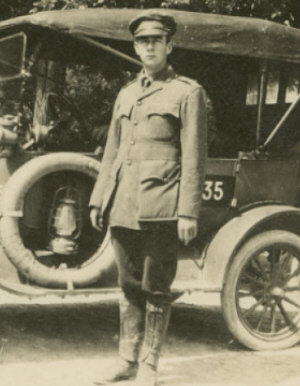
A.C. Kimber, AFS Driver
|
Yet make land they did in Liverpool on Wednesday 23 May as the passengers spilled gratefully onto the quayside and docks below. After a few brief hours of sightseeing in the port city Kimber was on his way again, a train carrying him and others from the ship to London. Overnighting in the capital that evening he next secured passage on a cross-Channel troopship to France and by dawn on the Friday he was in Paris. Kimber was to spend the next week there, staying at the American Field Service headquarters and getting used to the disciplines of his new quasi-military life. Then, after discussions with the director of the AFS, A. Piatt Andrew, he prepared to make for the front to join the First Stanford Unit. He would finally deliver his precious cargo. To be continued. . .
© Patrick Gregory 2015
Adapted from the forthcoming An American on the Western Front: The Letters of Arthur Clifford Kimber, Patrick Gregory & Elizabeth Nurser (The History Press, UK, June 2016)
|
|
|
Thanks to each and every one of you who has contributed material for this issue. Until our next issue, your editor, Mike Hanlon. |
|
 (Or send it to a friend)
(Or send it to a friend)
|
Design by Shannon Niel
Content © Michael E. Hanlon
|
|
|







